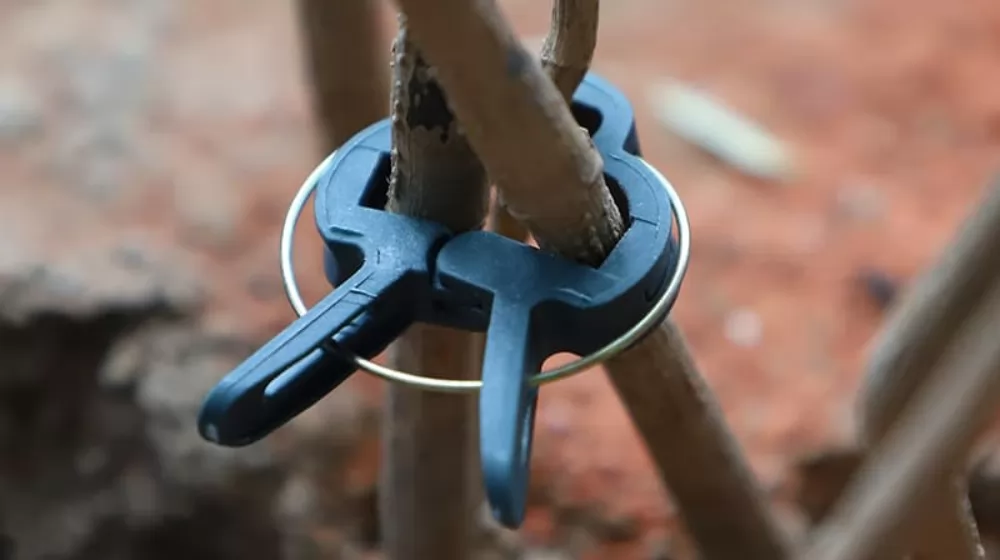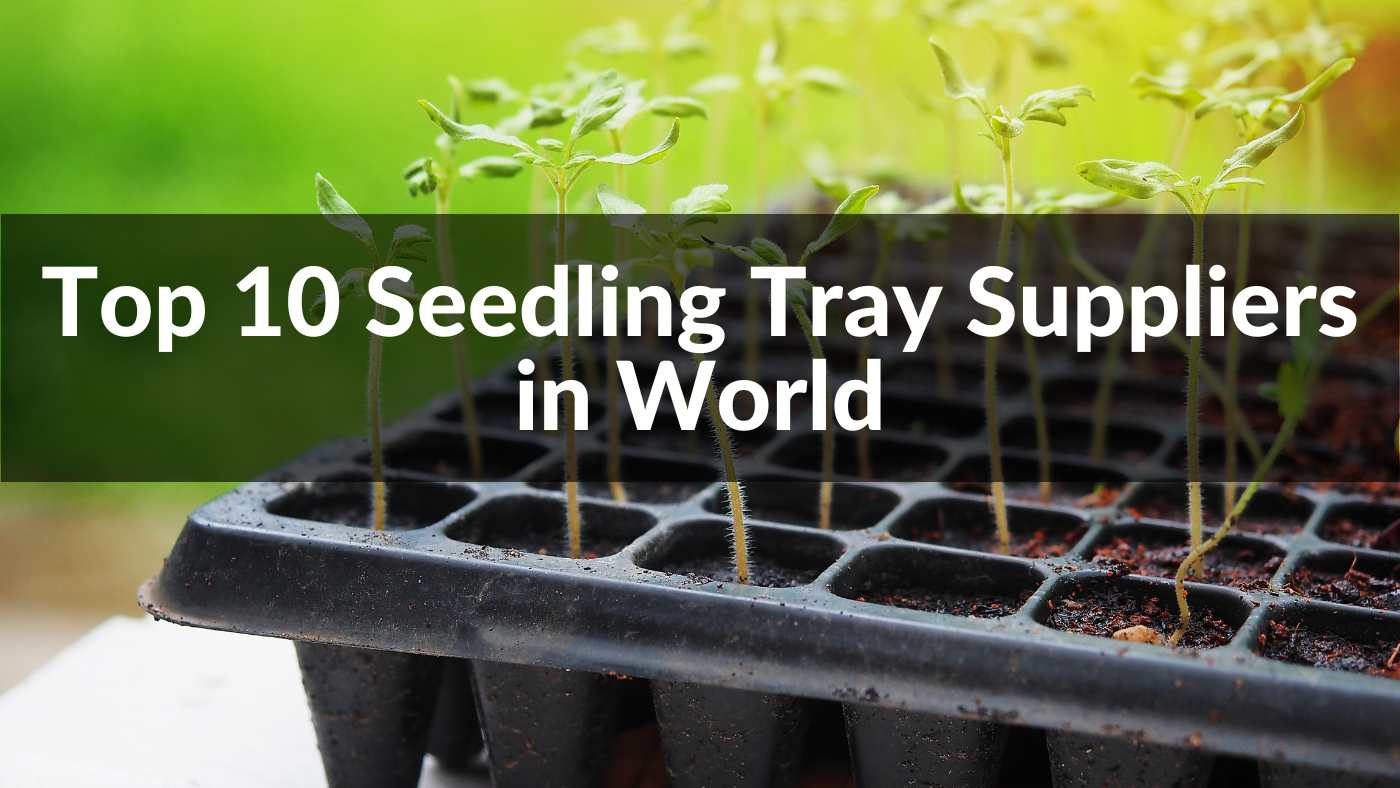
Welcome to the comprehensive guide on plant support clips, an essential tool for any gardening enthusiast. In today's world, where the aesthetics and health of your garden reflect your dedication, understanding the nuances of plant clips, especially for structures like plant clips for walls and garden clips, is paramount. This article delves into everything you need to know about these vital gardening accessories, ensuring your plants thrive and flourish.
Gardening, a pursuit as ancient as civilization itself, has evolved tremendously over the years. Today, we have access to a variety of tools and accessories that make gardening not just easier but more effective. One such accessory, often overlooked yet vital, is the plant support clip. These simple devices play a crucial role in maintaining the health and aesthetics of our gardens.
At its core, a plant support clip is designed to gently yet firmly hold plants in place, guiding their growth and supporting them as they reach towards the sun. This support is crucial for plants that are either too heavy for their stems, like tomatoes, or for climbing plants, such as peas and vines, that need assistance in staying upright. By using plant clips, gardeners can ensure that their plants grow in the desired direction and maintain a tidy appearance.
Moreover, these garden clips aren't just functional; they're also a reflection of the gardener's care and attention. They symbolize the nurturing relationship between the gardener and their plants, providing the necessary support just as a parent holds a child's hand. With the right plant clips for walls, even vertical spaces can turn into lush, green canvases, showcasing the gardener's skill and dedication.
For 2B users, especially those in the manufacturing and supply chain sectors, understanding the importance of quality plant support clips is key. A robust and reliable clip not only supports the plant but also reflects the quality and reliability of the tools used in gardening. This is where our expertise and product range come into play, offering a variety of clips designed for different types of plants and gardening scenarios.
The world of gardening is diverse, and so are the tools that assist in its processes. Among these, plant support clips stand out for their simplicity and effectiveness. But not all clips are created equal. Various types are designed for specific plants and purposes, each with unique features and benefits. Let's explore some of the most common types of plant support clips.
1. Standard Plant Clips: These are the most common type of clips you'll encounter. Versatile and easy to use, they are ideal for a wide range of plants, including vegetables like tomatoes and cucumbers, as well as flowers. Their simple design allows for quick clipping and unclipping, making them a favorite among gardeners of all levels.
2. Orchid Clips: Specially designed for the delicate stems of orchids, these clips are gentle and provide the necessary support without damaging the plant. They often come in decorative shapes like butterflies or birds, adding an aesthetic touch to the plant.
3. Trellis Clips: Perfect for climbing plants and vines, trellis clips help guide plants along a trellis or support structure. They encourage vertical growth, making them ideal for plants like peas, beans, and climbing flowers.
4. Wall Clips: For those who love vertical gardens, plant clips for walls are a must. These clips are designed to attach plants to walls or fences, enabling gardeners to create a green wall effect. They are perfect for small spaces or urban gardens where ground space is limited.
5. Adjustable Clips: These clips are designed for plants that grow rapidly or change shape throughout their lifecycle. With an adjustable design, they can be loosened or tightened as needed, providing flexibility and ensuring the plant is not constricted as it grows.

Selecting the appropriate plant support clips is a critical aspect of garden management. It's not just about finding a clip; it's about finding the right clip for your specific plant's needs. This process involves assessing various factors such as the weight, size, growth patterns of your plants, the material of the clips, and how they fit into the overall design of your garden.
The first step in selecting the right clip involves understanding your plant's characteristics. Heavier plants like tomato vines require sturdy clips that can bear their weight without causing damage. Similarly, for fast-growing plants, adjustable or easily repositionable clips are ideal as they accommodate rapid growth and changes in plant structure.
The material of the clip is equally important. Plastic clips are lightweight and great for most household plants, while metal clips might be better suited for heavier, outdoor plants. Additionally, for delicate plants like orchids, soft, flexible clips that provide support without damaging the plant are necessary.
Lastly, aesthetics play a crucial role. The clips should not only be functional but also blend seamlessly with your garden's design. Colorful or decorative clips can add a touch of elegance, while more discreet clips might be preferred in a minimalist garden setting. The goal is to enhance, not detract from, the natural beauty of your plants.

Proper installation of plant support clips is as important as selecting the right type. It ensures that your plants receive the best possible support without any damage. This part of the article will guide you through the preparation process, provide a step-by-step installation guide for different types of clips, and highlight common mistakes to avoid during installation.
Before starting, ensure your plants are ready for support. This means checking for any signs of disease or weakness. Gather all necessary tools, including the clips, gloves to protect your hands, and, if needed, a ladder for taller plants. Organizing your tools beforehand makes the installation process smoother and faster.
Standard Clips: Begin by gently holding the stem near the clip location. Place the clip around the stem and the support structure, ensuring it's not too tight. Repeat as necessary along the length of the plant. Orchid Clips: These should be placed gently around the orchid stem, just below a node or a bloom. Ensure they're snug but not constricting. Trellis Clips: Attach these clips to the trellis first, then gently guide the plant stem into the clip. For heavier vines, use multiple clips for additional support. Wall Clips: Secure the clips onto the wall at the desired locations. Gently place the plant stem within the clip, adjusting as needed to maintain a vertical growth pattern. Adjustable Clips: Place the clip around the plant and the support, then adjust the tightness to accommodate the plant's size and weight. These clips can be readjusted as the plant grows.
Common mistakes in clip installation include clipping too tightly, which can damage the plant, and using the wrong type of clip for a particular plant, leading to inadequate support. Always ensure that the clip is secure but not constricting the plant, and choose the clip type based on the specific needs of each plant.
While plant support clips are designed to be low maintenance, regular checks and adjustments are key to ensuring they continue to serve their purpose effectively. This section will cover the essentials of maintaining your plant clips, including routine checks, knowing when to replace or upgrade, and winterizing your plant support system.
Regular inspection of your plant support clips is crucial. Check for any signs of wear and tear or damage. Plants grow and change shape; therefore, the clips might need repositioning or adjusting to accommodate these changes. This not only supports the plant better but also prevents damage from clips that have become too tight.
Over time, clips may become weak or break. It's important to replace them promptly to ensure continuous support for your plants. Additionally, as your garden evolves, upgrading to different types of clips that better suit your plants' growing needs may be necessary. This is especially true for gardens with a variety of plants, each requiring different types of support.
For gardens in colder climates, preparing your plant support system for winter is essential. This might involve removing clips from annual plants that die back in winter or ensuring that clips on perennials are securely fastened and capable of withstanding winter weather. Some clips may need to be removed to prevent damage from freezing temperatures and moisture.
Utilizing the right plant support clips is not just about keeping your garden organized; it's about enhancing the overall health and productivity of your plants. This section explores the benefits of proper plant support, including improved growth and health, increased yield in fruit-bearing plants, and prevention of disease and damage.
Proper support allows plants to grow in their natural upright position, which is essential for optimal photosynthesis and growth. It also helps in maintaining proper air circulation around the plant, reducing the risk of fungal diseases. Well-supported plants are generally healthier, more vigorous, and have a better overall appearance.
For fruit-bearing plants, the use of support clips is especially beneficial. It ensures that fruits are held off the ground, reducing the risk of rot and pest infestation. This not only improves the quality of the fruit but often results in a higher yield due to healthier growth conditions.
Properly supported plants are less likely to fall over or become entangled with each other, reducing the risk of physical damage. This also lowers the likelihood of diseases, as better spacing and support allow for more effective treatment and prevention measures. Furthermore, it facilitates easier garden maintenance and care.
In conclusion, the proper use of plant support clips is a game-changer in gardening. Whether you are a hobbyist or a professional gardener, the right support system can significantly enhance the health and yield of your plants. Embracing quality and innovation in plant support, Linkwin, a leader in the plant clip manufacturing and wholesale industry in China, offers an extensive range of high-quality plant support clips suited for all your gardening needs. Discover more about their products and how they can transform your garden at www.agriculturaltool.com.
In this section, we answer some of the most frequently asked questions about plant support clips, offering insights and tips to help you make the most of these essential gardening tools.
For tomatoes, sturdy and adjustable clips are ideal, as tomato plants can grow quite large and heavy. Look for clips that can accommodate the plant's changing size and weight as it grows, without damaging the stem.
It's recommended to check your support clips every 2-3 weeks during the growing season. Adjust or reposition them as needed to accommodate the growth and ensure they're not too tight around the plant stems.
Yes, you can create simple DIY clips using materials like old stockings, soft cloth strips, or even twist ties. However, ensure they are soft and flexible to avoid damaging your plants.
Biodegradable plant clips are becoming more common and are a great eco-friendly option. These are usually made from materials like bamboo or compostable plastics.
Select a clip size based on the diameter of your plant's stem and the support structure. The clip should fit snugly but not too tight, allowing for some growth and movement without constricting the stem.











We use cookies to make the website work, to provide advanced features, social media and traffic analysis, and we use analytics and third-party advertising cookies. If you choose to click "Deny All", you will retain the default setting of not allowing the use of cookies or other tracking tools other than technical tools.

